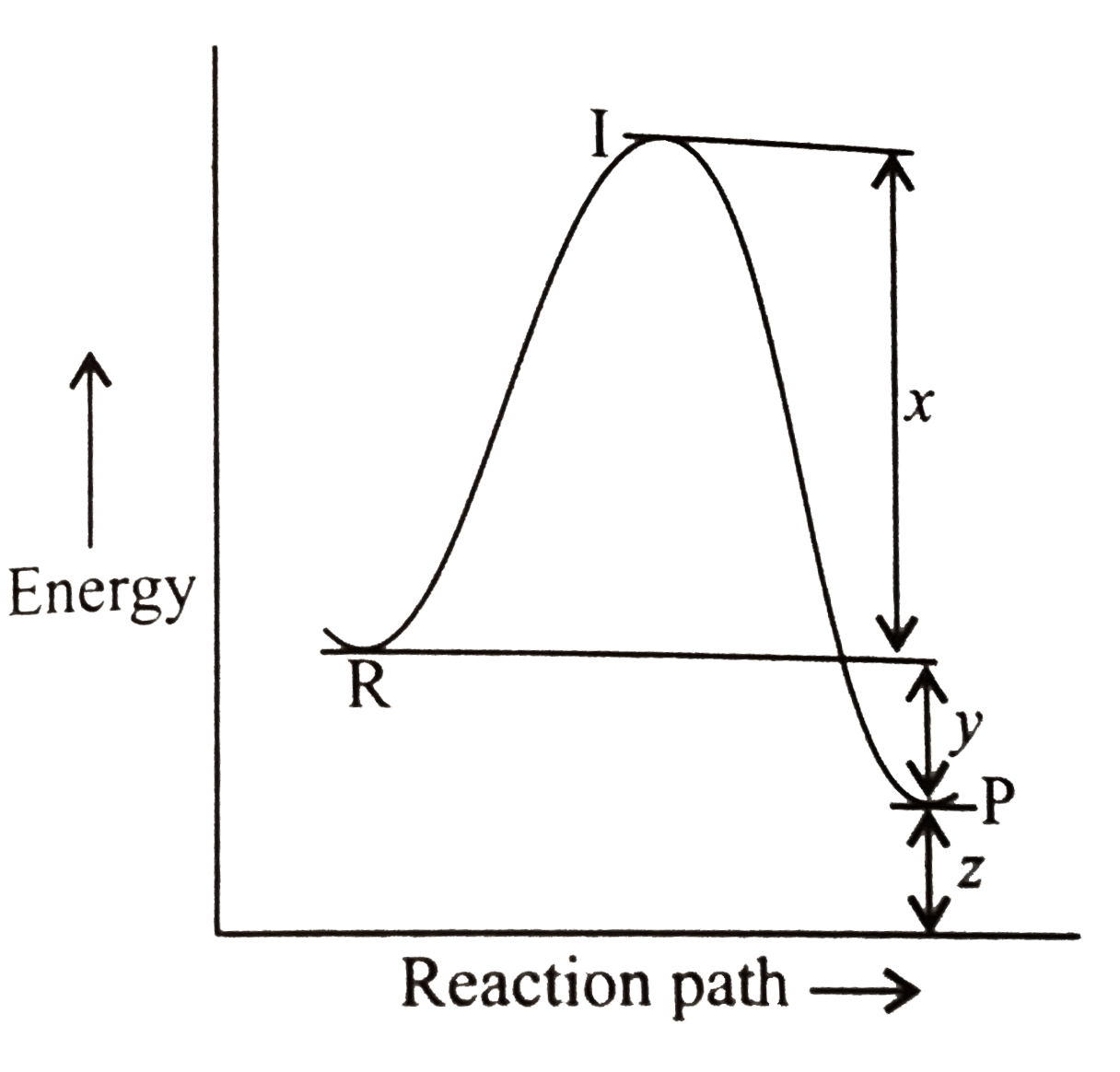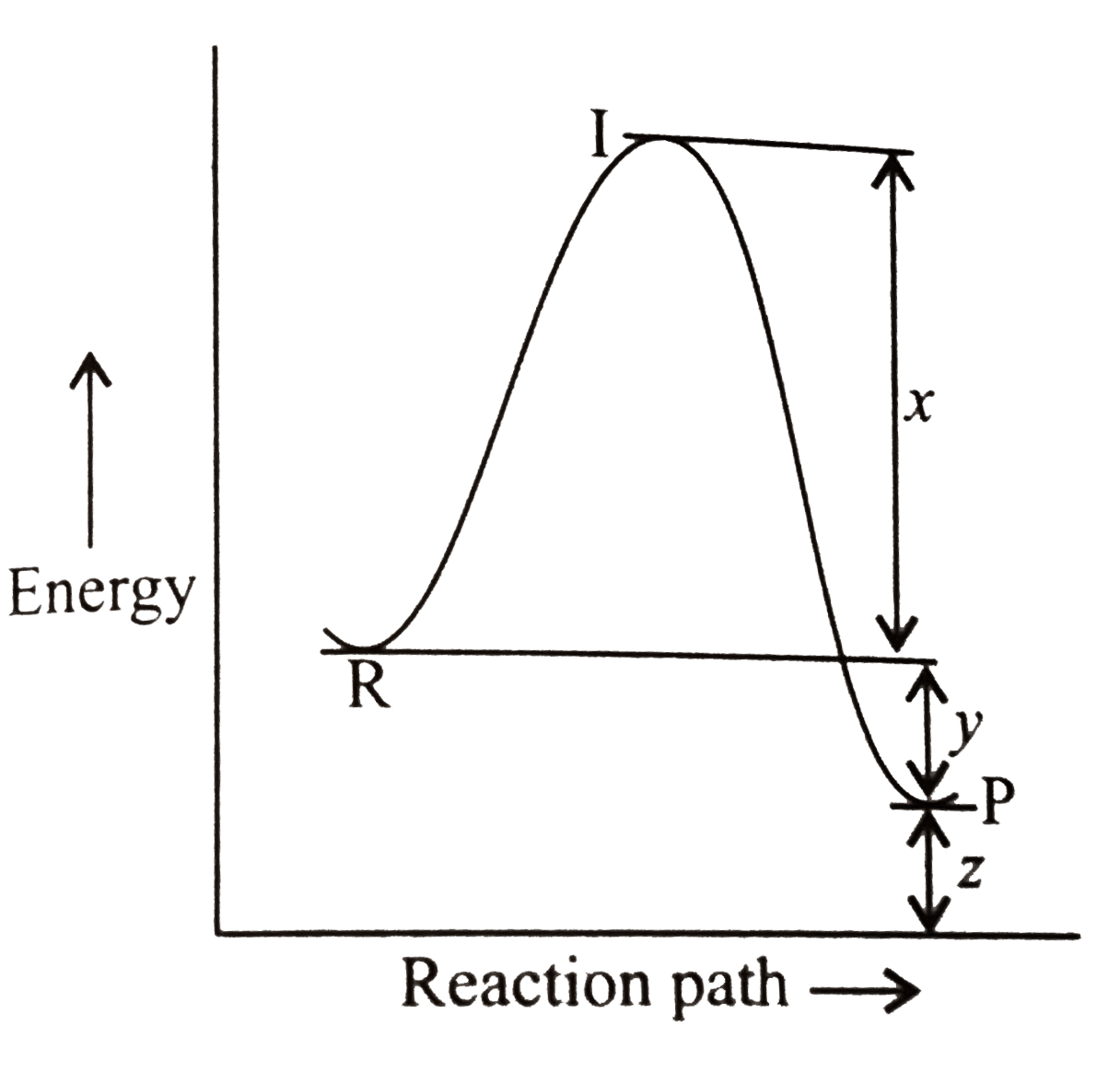Consider the reaction 2CO(g)+O2(g)⇔2CO2(g)+Heat
Under what conditions shift is undeterminable ?
Addition of O2 and decrease in volume
Addition of CO and removal of CO2 at constant volume
Increase in temperature and decrease in volume
Addition of CO and increase in temperature at constant volume
The correct Answer is:C,D
To determine the conditions under which the shift in the equilibrium of the reaction
2CO(g)+O2(g)⇌2CO2(g)+Heat
is undeterminable, we will analyze the effects of various changes on the equilibrium position according to Le Chatelier's principle.
1. Understanding the Reaction:
- The reaction involves the conversion of carbon monoxide (CO) and oxygen (O₂) into carbon dioxide (CO₂) with the release of heat. This is an exothermic reaction.
2. Identifying the Factors Affecting Equilibrium:
- According to Le Chatelier's principle, if a system at equilibrium is subjected to a change in concentration, temperature, or pressure, the equilibrium will shift in a direction that counteracts the change.
3. Analyzing Each Condition:
- Condition 1: Addition of oxygen and decrease in volume.
- Adding oxygen increases the concentration of reactants, shifting the equilibrium to the right (towards products).
- Decreasing volume shifts the equilibrium towards the side with fewer moles of gas (from 3 moles on the left to 2 moles on the right).
- Both changes favor the formation of products, making the shift determinable.
- Condition 2: Addition of carbon monoxide and removal of carbon dioxide at constant volume.
- Adding CO increases reactant concentration, shifting equilibrium to the right.
- Removing CO₂ decreases product concentration, shifting equilibrium to the right.
- Both changes favor product formation, making the shift determinable.
- Condition 3: Increase in temperature and decrease in volume.
- Increasing temperature for an exothermic reaction shifts the equilibrium to the left (towards reactants).
- Decreasing volume shifts the equilibrium to the right (towards products).
- These changes are contradictory, making the shift undeterminable.
- Condition 4: Addition of CO and increase in temperature at constant volume.
- Adding CO shifts the equilibrium to the right (towards products).
- Increasing temperature shifts the equilibrium to the left (towards reactants).
- These changes are also contradictory, making the shift undeterminable.
4. Conclusion:
- The conditions under which the shift is undeterminable are:
- Condition 3: Increase in temperature and decrease in volume.
- Condition 4: Addition of CO and increase in temperature at constant volume.
Final Answer:
The shift in equilibrium is undeterminable under the following conditions:
- Increase in temperature and decrease in volume.
- Addition of CO and increase in temperature at constant volume.
- The reaction involves the conversion of carbon monoxide (CO) and oxygen (O₂) into carbon dioxide (CO₂) with the release of heat. This is an exothermic reaction.
- According to Le Chatelier's principle, if a system at equilibrium is subjected to a change in concentration, temperature, or pressure, the equilibrium will shift in a direction that counteracts the change.
- Condition 1: Addition of oxygen and decrease in volume.
- Adding oxygen increases the concentration of reactants, shifting the equilibrium to the right (towards products).
- Decreasing volume shifts the equilibrium towards the side with fewer moles of gas (from 3 moles on the left to 2 moles on the right).
- Both changes favor the formation of products, making the shift determinable.
- Adding CO increases reactant concentration, shifting equilibrium to the right.
- Removing CO₂ decreases product concentration, shifting equilibrium to the right.
- Both changes favor product formation, making the shift determinable.
- Increasing temperature for an exothermic reaction shifts the equilibrium to the left (towards reactants).
- Decreasing volume shifts the equilibrium to the right (towards products).
- These changes are contradictory, making the shift undeterminable.
- Adding CO shifts the equilibrium to the right (towards products).
- Increasing temperature shifts the equilibrium to the left (towards reactants).
- These changes are also contradictory, making the shift undeterminable.
- The conditions under which the shift is undeterminable are:
- Condition 3: Increase in temperature and decrease in volume.
- Condition 4: Addition of CO and increase in temperature at constant volume.
The shift in equilibrium is undeterminable under the following conditions:
- Increase in temperature and decrease in volume.
- Addition of CO and increase in temperature at constant volume.
Similar Questions
Knowledge Check
For the reaction,
CO(g)+12O2(g)⇔CO2(g),
Kp/Kc is equal toA1BRT1/2C(RT)−12DRT
Kp/Kc for the reaction
CO(g)+12O2(g)⇔CO2(g) is
View SolutionFor the reaction
CO(g)+12O2(g)⇔CO2(g),Kp/Kc is
View SolutionThe energy profile diagram for the reaction:
CO(g)+NO2(g)⇔CO2(g)+NO(g) is given below:

the heat of the reaction is
View SolutionThe energy profile diagram for the reaction:
CO(g)+NO2(g)⇔CO2(g)+NO(g) is given below:

The activation energy of the forward reaction is
View SolutionConsidering the reaction,
C(s)+O2(g)→CO2(g)+393.5kJ
the signs of ΔH,ΔS and ΔG respectively are:
View SolutionIn the given reaction N2(g)+O2(g)⇔2NO(g), equilibrium means that
View SolutionFor the reaction
CO(g)+H2O(g)⇔CO2(g)+H2(g)
at a given temperature, the equilibrium amount of CO2(g) can be increased by
View Solution
